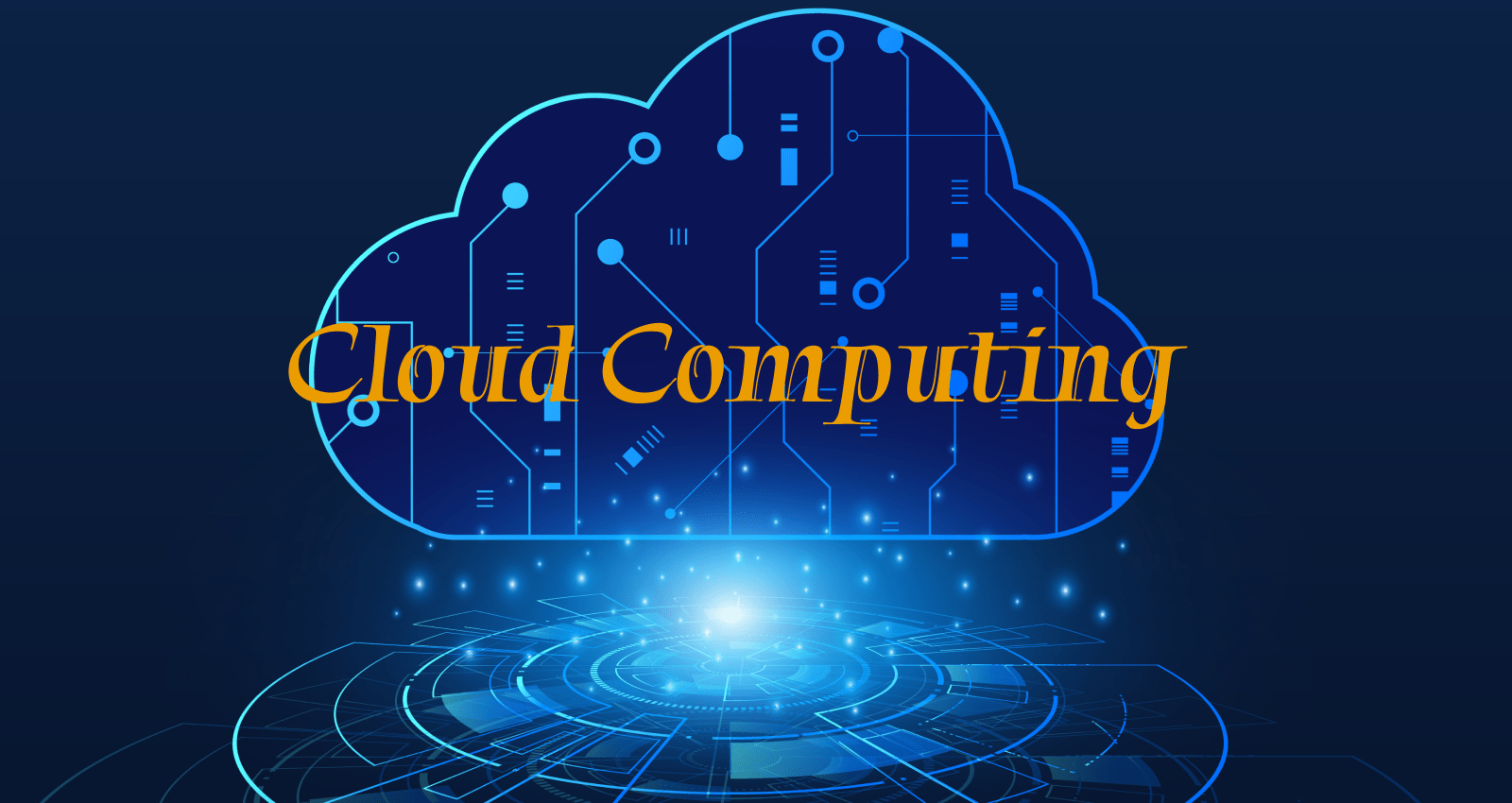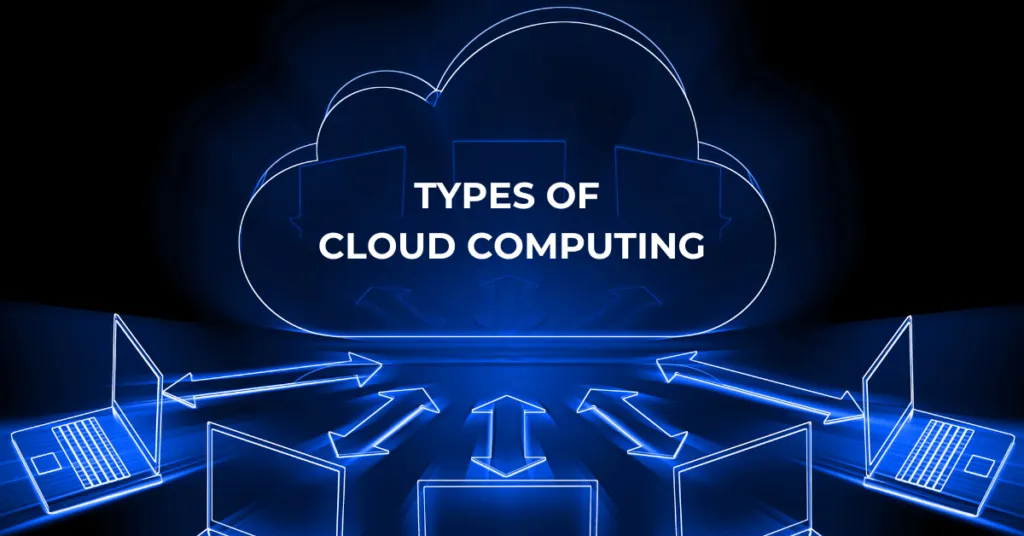Introduction
In the digital age, cloud computing has emerged as a transformative force, reshaping the way individuals and businesses operate. From storing data to running applications, the cloud has become an integral part of modern technology infrastructure. However, despite its widespread adoption, cloud computing remains a concept that is often misunderstood or mystified by many. In this comprehensive guide, we will Demystifying Cloud Computing , exploring its key components, benefits, challenges, and future trends.
Understanding Cloud Computing
At its core, cloud computing refers to the delivery of computing services—including servers, storage, databases, networking, software, and more—over the internet. Rather than relying on local servers or personal devices to handle computing tasks, cloud computing allows users to access resources remotely via the internet. This remote access is facilitated by cloud service providers, who own and maintain the infrastructure required to deliver these services.
Types of Cloud Computing
Cloud computing can be broadly categorized into three main types:
- Infrastructure as a Service (IaaS): IaaS provides virtualized computing resources over the internet, allowing users to rent servers, storage, and networking on a pay-as-you-go basis. With IaaS, users have greater flexibility and scalability, as they can easily scale their resources up or down according to their needs.
- Platform as a Service (PaaS): PaaS offers a platform for developers to build, deploy, and manage applications without having to worry about the underlying infrastructure. By abstracting away the complexity of infrastructure management, PaaS enables developers to focus on writing code and accelerating the development process.
- Software as a Service (SaaS): SaaS delivers software applications over the internet on a subscription basis, eliminating the need for users to install and maintain software locally. Common examples of SaaS include email services, customer relationship management (CRM) software, and productivity suites like Google Workspace and Microsoft 365.
Benefits of Cloud Computing
Cloud computing offers a myriad of benefits for individuals and businesses alike:
- Cost Efficiency: By leveraging cloud resources, organizations can reduce capital expenditure on hardware and infrastructure. Instead of purchasing and maintaining expensive servers, businesses can pay for cloud services on a subscription basis, thereby lowering overall IT costs.
- Scalability and Flexibility: Cloud computing enables organizations to scale their resources up or down dynamically in response to changing demands. Whether it’s adding more storage space or provisioning additional computing power, cloud platforms offer unparalleled scalability and flexibility.
- Accessibility: With cloud computing, users can access applications and data from anywhere with an internet connection. This accessibility promotes remote work and collaboration, allowing teams to collaborate seamlessly regardless of their geographical location.
- Reliability and Redundancy: Cloud providers typically offer robust infrastructure with built-in redundancy and failover mechanisms. This ensures high availability and reliability, minimizing the risk of downtime and data loss.
Challenges and Considerations
While cloud computing offers numerous benefits, it also poses certain challenges and considerations:
- Security and Compliance: Security concerns are often cited as a barrier to cloud adoption. Organizations must ensure that their data is adequately protected against unauthorized access, data breaches, and other security threats. Additionally, businesses operating in regulated industries must comply with relevant data protection and privacy regulations.
- Data Governance and Sovereignty: When entrusting sensitive data to third-party cloud providers, organizations must consider data governance and sovereignty issues. They need to understand where their data is stored, who has access to it, and whether it complies with local data residency requirements.
- Vendor Lock-In: Adopting cloud services from a single provider may lead to vendor lock-in, making it difficult to migrate to alternative platforms in the future. To mitigate this risk, organizations should embrace multi-cloud or hybrid cloud strategies, allowing them to diversify their cloud footprint and maintain flexibility.
Future Trends in Cloud Computing
Looking ahead, several key trends are shaping the future of cloud computing:
- Edge Computing: As the Internet of Things (IoT) continues to proliferate, edge computing is gaining momentum. Edge computing involves processing data closer to the source of generation, reducing latency and bandwidth usage. By extending cloud capabilities to the edge of the network, organizations can unlock new use cases and improve real-time decision-making.
- Serverless Computing: Serverless computing, also known as Function as a Service (FaaS), abstracts away the need for server management, allowing developers to focus solely on writing code. With serverless architectures, applications automatically scale up or down based on demand, optimizing resource utilization and cost efficiency.
- AI and Machine Learning Integration: Cloud providers are increasingly integrating artificial intelligence (AI) and machine learning (ML) capabilities into their platforms, enabling organizations to leverage advanced analytics, predictive modeling, and automation. From image recognition to natural language processing, AI-powered services are democratizing access to cutting-edge technologies.
Conclusion
Cloud computing represents a paradigm shift in how computing resources are provisioned, accessed, and managed. By embracing the cloud, organizations can unlock a myriad of benefits, including cost efficiency, scalability, and accessibility. However, cloud adoption also entails challenges related to security, compliance, and vendor lock-in. As technology continues to evolve, future trends such as edge computing, serverless computing, and AI integration will further shape the landscape of cloud computing. In this dynamic and ever-changing environment, understanding the fundamentals of cloud computing is essential for individuals and businesses seeking to harness its full potential.



